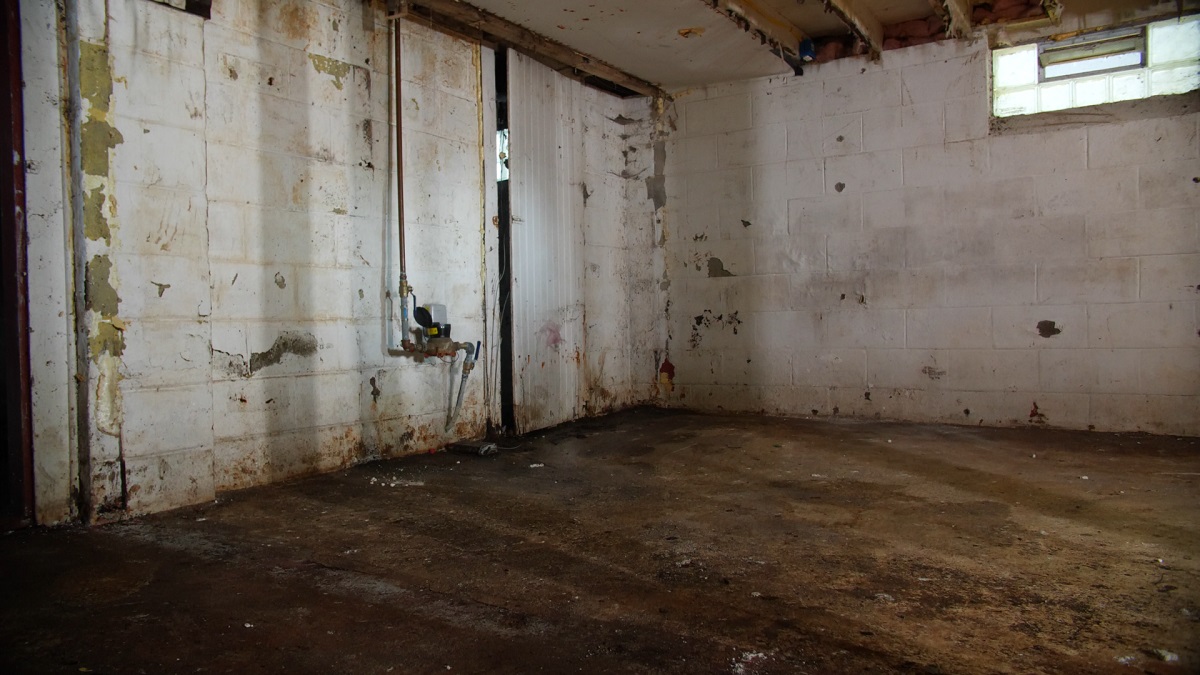

Articles
What To Do With A Dirty Basement
Modified: August 30, 2024
Discover helpful articles on what to do with a dirt basement. Learn how to transform your space into a functional and inviting area.
(Many of the links in this article redirect to a specific reviewed product. Your purchase of these products through affiliate links helps to generate commission for Storables.com, at no extra cost. Learn more)
Introduction
A dirt basement can present its own unique set of challenges for homeowners. Moisture, lack of insulation, and poor ventilation are common issues that can make a dirt basement unpleasant and even unusable. However, with the right approach and a bit of effort, it is possible to transform a dirt basement into a functional space.
In this article, we will explore various methods for improving the condition of a dirt basement. From assessing the current state of the basement to implementing effective solutions such as ventilation, waterproofing, and insulation, we will cover the necessary steps to turn your dirt basement into an area that you can utilize and enjoy.
It’s important to note that before undertaking any modification or improvement in a dirt basement, it’s crucial to assess its condition and identify any potential issues. Understanding the root cause of problems such as moisture, mold, and poor air quality will help in determining the appropriate solutions.
Now, let’s dive into the process of assessing the condition of a dirt basement and explore the methods for improving its overall quality and functionality.
Key Takeaways:
- Transforming a dirt basement into a functional space involves assessing, improving ventilation, waterproofing, and adding insulation. Proper planning and professional consultation are essential for creating a comfortable and valuable living area.
- Converting a dirt basement into a usable space requires addressing moisture issues, obtaining permits, planning layout and design, and ensuring proper insulation and HVAC. Professional guidance and adherence to building codes are crucial for a safe and compliant conversion.
Read more: Basement Is Flooded What Do I Do
Assessing the condition of the dirt basement
Before making any modifications or improvements to your dirt basement, it’s essential to thoroughly assess its condition. This assessment will help you identify any existing problems and provide insight into the necessary repairs and upgrades.
The first step in assessing your dirt basement is to determine the level of moisture present. Moisture is a common issue in dirt basements and can lead to mold growth, musty odors, and deterioration of the foundation. Look for signs of dampness on the walls and floor, as well as any water stains or standing water.
Next, inspect the walls and foundation for any cracks or signs of damage. Cracks can indicate underlying structural issues that may need to be addressed before proceeding with any improvements. Additionally, check for any signs of pests, such as insects or rodents, as they can cause further damage to the basement.
Assess the overall air quality in the dirt basement. Poor ventilation can lead to a buildup of stale air, contributing to musty odors and potential health problems. If the space feels stagnant or lacks proper airflow, ventilation improvements will be necessary.
Consider the accessibility of the dirt basement. If it’s difficult to enter or move around, think about ways to improve the layout to make the space more functional and user-friendly. This may involve clearing clutter, removing obstructions, or widening doorways.
Finally, evaluate the lighting in the basement. In many cases, dirt basements lack natural light, making the space feel dark and unwelcoming. Look for opportunities to introduce artificial lighting or consider adding window wells to allow natural light to enter the space.
By thoroughly assessing the condition of your dirt basement, you will have a clear understanding of the issues that need to be addressed. This will enable you to make informed decisions when it comes to implementing the necessary improvements and ensuring a successful transformation.
Methods for improving ventilation
Poor ventilation in a dirt basement can lead to a variety of problems, including high humidity, mold growth, and unpleasant odors. Improving ventilation is crucial to ensure a healthy and comfortable living environment. Here are some effective methods to enhance ventilation in your dirt basement:
- Natural ventilation: Take advantage of the natural airflow by opening windows and doors. This allows fresh air to enter the basement and helps circulate stagnant air. However, natural ventilation may not be sufficient in some cases, especially if the basement is located below ground level or lacks windows.
- Mechanical ventilation: Install a mechanical ventilation system, such as a basement exhaust fan or a whole-house ventilation system. These systems help remove stale air and bring in fresh air from the outside. Ensure that the ventilation system is properly sized for your basement and follows local building codes.
- Dehumidifiers: Use a dehumidifier to control the humidity levels in your dirt basement. Excessive moisture can lead to mold growth and musty odors. A dehumidifier helps remove excess moisture from the air, preventing these issues. Opt for a unit with a built-in humidistat to maintain optimal humidity levels.
- Sealing air leaks: Inspect the basement for any gaps or cracks that may be allowing air to infiltrate or escape. Sealing these air leaks will not only improve ventilation but also increase energy efficiency. Use caulking or weatherstripping to seal gaps around windows, doors, and utility penetrations.
- Cross-ventilation: Create cross-ventilation by installing vents on opposite sides of the basement. This allows for a continuous flow of fresh air and helps remove stale air. Ensure that the vents are properly sized to provide adequate airflow and consider using vent covers to prevent debris and pests from entering.
Remember, proper ventilation is essential for maintaining a healthy and comfortable living environment in your dirt basement. By implementing these methods, you can improve airflow, reduce humidity, and mitigate potential issues such as mold and odors. Consult with a professional if you are unsure about which ventilation options are best suited for your specific situation.
Waterproofing options for a dirt basement
Water intrusion is a common issue in dirt basements. Without proper waterproofing, moisture can seep through the walls and floor, leading to a damp and uncomfortable environment. Waterproofing your dirt basement is crucial to prevent water damage and ensure a dry living space. Here are some effective waterproofing options to consider:
- Interior waterproofing: One approach to waterproofing a dirt basement is to apply waterproof coatings or sealants to the interior walls and floor. These products create a barrier that prevents water from penetrating the surface. Make sure to choose a waterproofing product specifically designed for below-grade applications and follow the manufacturer’s instructions for proper application.
- Exterior waterproofing: If possible, consider waterproofing the exterior of your dirt basement. This approach involves excavating the soil around the foundation and applying a waterproof membrane or coating to the exterior walls. By eliminating water penetration at the source, you can effectively protect your basement from moisture-related issues.
- French drain system: Installing a French drain system is another effective way to manage water in a dirt basement. A French drain consists of a perforated pipe surrounded by gravel or rock and is designed to redirect water away from the foundation. This helps alleviate hydrostatic pressure and prevents water from seeping into the basement.
- Sump pump: A sump pump is a device that is installed in the basement to collect and remove excess water. It consists of a basin or pit that collects water and a pump that automatically activates when the water level rises. A sump pump is particularly useful in areas prone to heavy rain or groundwater seepage.
- Gutter and downspout maintenance: Properly functioning gutters and downspouts are essential for directing rainwater away from your home’s foundation. Clean and inspect your gutters regularly to ensure they are free of debris and properly aligned. Extend downspouts away from the foundation or consider using gutter extensions to divert water further from the basement walls.
It’s important to note that the best approach to waterproofing a dirt basement often involves a combination of these methods. Consulting with a professional waterproofing expert can help you assess your basement’s specific needs and determine the most suitable waterproofing solutions for your situation. By taking proactive steps to waterproof your dirt basement, you can protect your home from water damage and create a drier and more comfortable living space.
Installing a concrete floor in a dirt basement
One of the key improvements you can make to a dirt basement is to install a concrete floor. Concrete flooring offers several advantages, including improved durability, moisture resistance, and a more finished appearance. Here are the steps involved in installing a concrete floor in a dirt basement:
- Prepare the area: Begin by clearing and cleaning the dirt basement. Remove any debris, rocks, and vegetation from the area, and ensure that the surface is level. This may involve excavating and leveling the dirt as needed.
- Install a vapor barrier: Before pouring the concrete, it’s essential to install a vapor barrier to prevent moisture from seeping through the concrete. A vapor barrier can be a plastic sheet or specialized moisture barrier that is placed over the dirt surface.
- Create a formwork: Construct a formwork or frame along the perimeter of the dirt basement to contain the concrete. This can be done using wooden boards or metal stakes and should be securely anchored to the ground.
- Mix and pour the concrete: Prepare the concrete mixture according to the manufacturer’s instructions. Pour the concrete into the formwork, starting at one end and working your way to the other. Use a concrete float or trowel to level the surface and remove any air bubbles.
- Smooth and finish the surface: Once the concrete is poured, use a bull float or a darby to smooth the surface. This will help achieve a level and even finish. Consider adding texture or decorative options to enhance the appearance of the concrete floor.
- Cure and seal the concrete: Allow the concrete to cure for the recommended time, typically several days. During this time, keep the surface moist and protect it from extreme temperatures. Once cured, apply a concrete sealer to enhance durability and protect against moisture.
It’s important to note that installing a concrete floor in a dirt basement can be a challenging and labor-intensive task. It may require specialized tools and equipment, as well as knowledge of concrete mixing and pouring techniques. Hiring a professional contractor experienced in basement renovations is recommended to ensure a successful and long-lasting installation.
By installing a concrete floor in your dirt basement, you can transform the space into a more functional and visually appealing area. Not only will a concrete floor provide a durable surface, but it will also help in mitigating moisture issues and providing a solid foundation for future improvements or conversions of the basement space.
Consider installing a vapor barrier to prevent moisture and mold in a dirt basement. This will help keep the space dry and protect any items stored there.
Read more: What To Do About Water In The Basement
Creating a moisture barrier in a dirt basement
Moisture is a common problem in dirt basements, and it is essential to create a moisture barrier to prevent water infiltration and protect your basement from dampness, mold, and other moisture-related issues. Here are some effective methods for creating a moisture barrier in a dirt basement:
- Foundation waterproofing: Apply a waterproofing sealant or membrane to the exterior walls of the basement. This will create a barrier that prevents water from seeping through the foundation. It’s important to properly clean and prepare the surface before applying the waterproofing material for maximum effectiveness.
- Interior sealants and coatings: Use interior sealants or coatings specifically designed for below-grade applications. These products can be applied to the interior walls and floor of the basement to create a moisture-proof barrier. Make sure to follow the manufacturer’s instructions for proper application and allow sufficient drying time.
- Vapor barrier installation: Install a vapor barrier on the interior walls and floor of the basement. A vapor barrier is a plastic sheet that prevents moisture from passing into the basement from the surrounding soil. The sheet should be tightly sealed and installed according to the manufacturer’s guidelines.
- Proper drainage system: Ensure that your property has a functional drainage system in place. This includes properly functioning gutters, downspouts, and a grading system that directs water away from the foundation. Improving the drainage around your home will help minimize the amount of water that comes in contact with the dirt basement and reduce the risk of moisture problems.
- Sump pump installation: Consider installing a sump pump in your dirt basement. A sump pump effectively removes excess water from the basement, helping to keep the area dry and free from moisture-related issues. It’s important to ensure that the sump pump is properly maintained and working efficiently.
It’s important to note that creating a moisture barrier in a dirt basement may require a combination of these methods. Each basement is unique, and the best approach will depend on factors such as the level of moisture present and the specific requirements of the space.
Consulting with a professional waterproofing specialist is recommended to help determine the most effective moisture barrier solutions for your dirt basement. By creating a moisture barrier, you can protect your basement from water damage, improve indoor air quality, and create a healthier and more comfortable living environment.
Adding insulation to a dirt basement
Insulating a dirt basement is essential for improving energy efficiency, controlling temperature, and creating a more comfortable living space. Proper insulation helps to prevent heat loss in the winter and heat gain in the summer. Here are some effective methods for adding insulation to a dirt basement:
- Rigid foam insulation: Rigid foam insulation boards are a popular choice for basement insulation. They can be installed directly on the walls or attached to framing. Rigid foam insulation provides a high R-value, which is the measure of insulation’s effectiveness in resisting heat flow. It also acts as a vapor barrier, preventing moisture from penetrating the walls.
- Spray foam insulation: Spray foam insulation is a versatile option for insulating a dirt basement. It is applied as a liquid and expands to fill cracks, gaps, and cavities. Spray foam insulation provides an excellent air seal and insulation barrier. It is important to hire a professional to apply spray foam insulation to ensure proper installation.
- Fiberglass batt insulation: Fiberglass batt insulation is another common choice for basement insulation. It comes in rolls or pre-cut panels and can be installed between wall studs or foundation walls. Fiberglass batt insulation is a cost-effective option and relatively easy to install. It is important to use a vapor barrier with fiberglass insulation to prevent moisture problems.
- Insulated basement wall panels: Insulated basement wall panels are specially designed panels that combine insulation and a finished wall surface. These panels are easy to install and provide both insulation and a more aesthetically pleasing appearance. Insulated wall panels are a convenient option for those looking for a quick and efficient way to insulate their dirt basement.
- Ceiling insulation: Insulating the ceiling of the dirt basement is an effective way to prevent heat loss or gain from the upper floors of the house. Install insulation between the floor joists above the basement to create a thermal barrier. This will help maintain a comfortable temperature in the basement and reduce energy costs.
When adding insulation to a dirt basement, it is important to consider local building codes, safety requirements, and any specific recommendations for below-grade applications. Hiring a professional insulation contractor can ensure that the insulation is installed correctly and according to the applicable guidelines.
Before starting any insulation project, it is crucial to address any moisture issues in the basement. Moisture problems should be resolved before insulating to prevent mold growth and damage to the insulation. Consult with a professional to identify and address any moisture concerns before proceeding with insulation installation.
By adding insulation to your dirt basement, you can improve energy efficiency, control temperature fluctuations, and create a more comfortable and usable space. Proper insulation helps enhance the overall performance and livability of your basement and contributes to a more energy-efficient home.
Considerations for converting a dirt basement into a usable space
Converting a dirt basement into a usable space can greatly expand your home’s living area and functionality. Whether you’re looking to create a home office, recreational space, or extra bedroom, there are a few important considerations to keep in mind before embarking on the conversion process. Here are some key factors to consider:
- Moisture control: Before starting any conversion, it’s crucial to address any existing moisture issues in your dirt basement. Moisture can lead to mold growth, musty odors, and damage to the finished space. Ensure that you have implemented proper waterproofing measures and have a moisture control system in place before beginning the conversion.
- Permits and regulations: Check with your local building department to determine if there are any permits or regulations that need to be followed for the conversion. Depending on the scope of the project, you may need to obtain permits for electrical work, plumbing, or structural modifications. It’s important to adhere to all codes and regulations to ensure a safe and compliant conversion.
- Layout and design: Evaluate the layout and dimensions of your dirt basement to determine how to best utilize the space. Consider factors such as ceiling height, natural light, and existing utilities. Plan the layout carefully, ensuring that each area serves its intended purpose and allows for comfortable movement throughout the space.
- Insulation and HVAC: Proper insulation and HVAC (heating, ventilation, and air conditioning) are crucial for creating a comfortable and energy-efficient usable space. Insulate the walls and floor to control temperature and reduce noise transfer. Assess the HVAC needs and consider installing or upgrading the system to provide adequate heating and cooling for the converted space.
- Lighting and electrical: Plan for sufficient lighting to make the space functional and inviting. Consider natural light sources, such as windows or window wells, as well as artificial lighting options. Consult with an electrician to ensure that the electrical system can support the additional power needs for the converted space.
- Accessibility and safety: Make sure the converted space is accessible and safe. Install proper egress windows or doors in compliance with local building codes. Consider adding handrails, emergency lighting, and smoke detectors to ensure the safety of occupants.
- Functionality and aesthetics: Determine the specific needs of the space and design it accordingly. Consider factors such as storage, furniture layout, and room design. Create a space that is both functional and aesthetically pleasing, ensuring it aligns with your overall design preferences and intended use.
It is highly recommended to consult with professionals such as architects, contractors, and specialists in basement conversions. They can provide expert advice, help with design considerations, and ensure that the conversion is done correctly and safely.
Converting a dirt basement into a usable space can greatly enhance the functionality and value of your home. By carefully considering these key factors, you can create a transformed space that meets your needs, provides comfort, and adds valuable living area to your home.
Conclusion
Transforming a dirt basement into a usable and inviting space is a worthwhile endeavor that can greatly enhance the functionality and value of your home. By addressing common issues such as moisture, ventilation, waterproofing, insulation, and layout, you can create a basement that is not only visually appealing but also comfortable and functional.
Assessing the condition of your dirt basement is the first step towards improvement. Identifying existing problems and implementing the necessary solutions will set the foundation for a successful transformation. Improving ventilation, waterproofing, and adding insulation are vital components in creating a dry, comfortable, and energy-efficient basement.
Installing a concrete floor provides durability and enhances the overall aesthetics of the space. Creating a moisture barrier is crucial for preventing water intrusion and potential damage. By taking proactive measures, such as proper drainage and installing a sump pump, you can effectively manage water and maintain a healthy environment.
Converting a dirt basement into a usable space requires careful planning and consideration of layout, lighting, accessibility, and adherence to building codes. Taking the time to consult with professionals and obtaining the necessary permits ensures a safe and compliant conversion.
By implementing these considerations and following through with the necessary improvements, you can create a transformed basement that adds value, functionality, and enjoyment to your home. Whether it becomes a cozy family room, a home office, or a recreational space, a well-converted dirt basement enhances your living experience and expands your home’s potential.
Remember, it is essential to regularly maintain and monitor your basement to ensure its longevity and continued functionality. By staying vigilant and addressing any issues that arise in a timely manner, you can continue to enjoy your transformed dirt basement for years to come.
Cleaning up a dirty basement is just the beginning. Once you've tackled that challenge, you might find yourself dealing with other common household issues. If you've noticed unsightly spots on your wooden fixtures, learning effective strategies for mold removal could be your next step. Perhaps your kitchen has become a battleground against unwelcome guests; understanding the essentials of pest control is crucial to reclaim your pantry from moths. Both challenges require swift action and the right know-how, so don't hesitate to arm yourself with these vital tips.
Frequently Asked Questions about What To Do With A Dirty Basement
Was this page helpful?
At Storables.com, we guarantee accurate and reliable information. Our content, validated by Expert Board Contributors, is crafted following stringent Editorial Policies. We're committed to providing you with well-researched, expert-backed insights for all your informational needs.
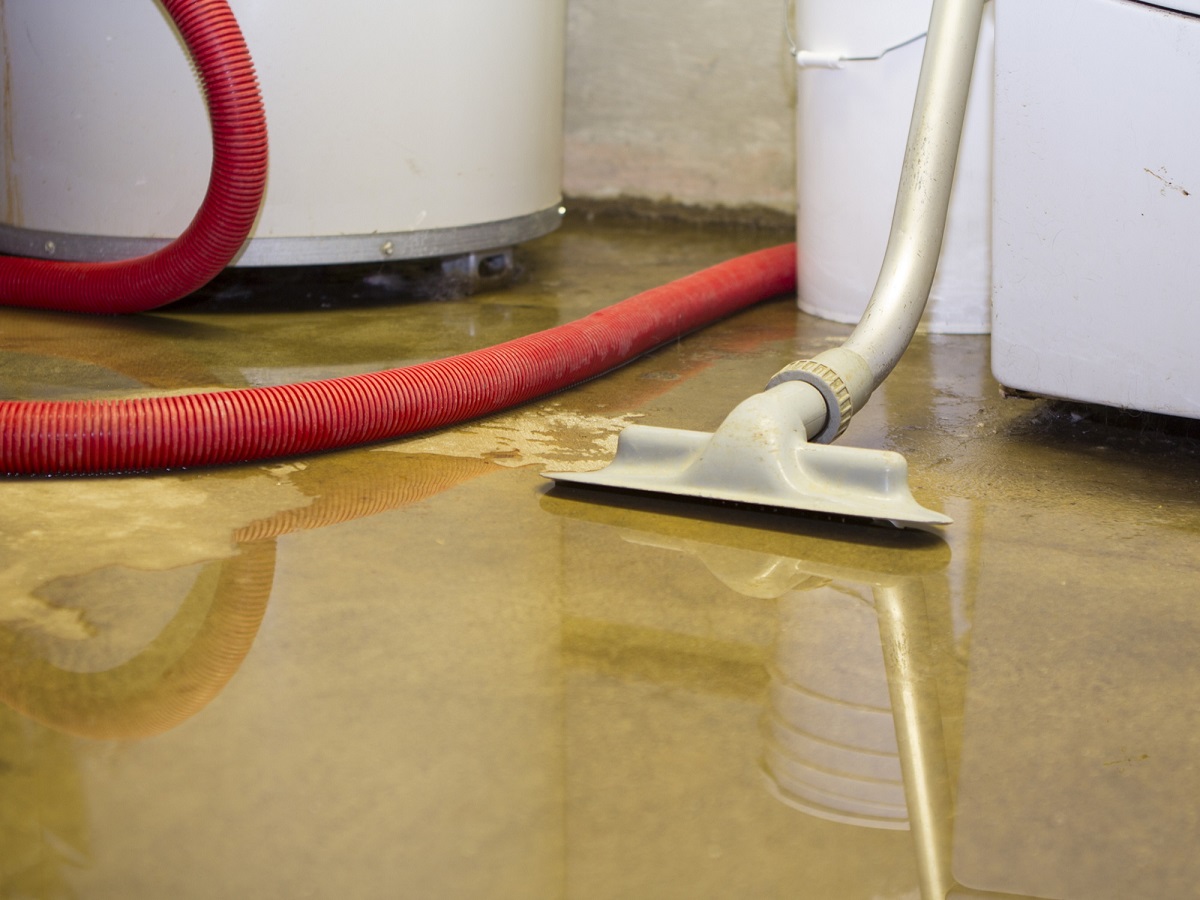
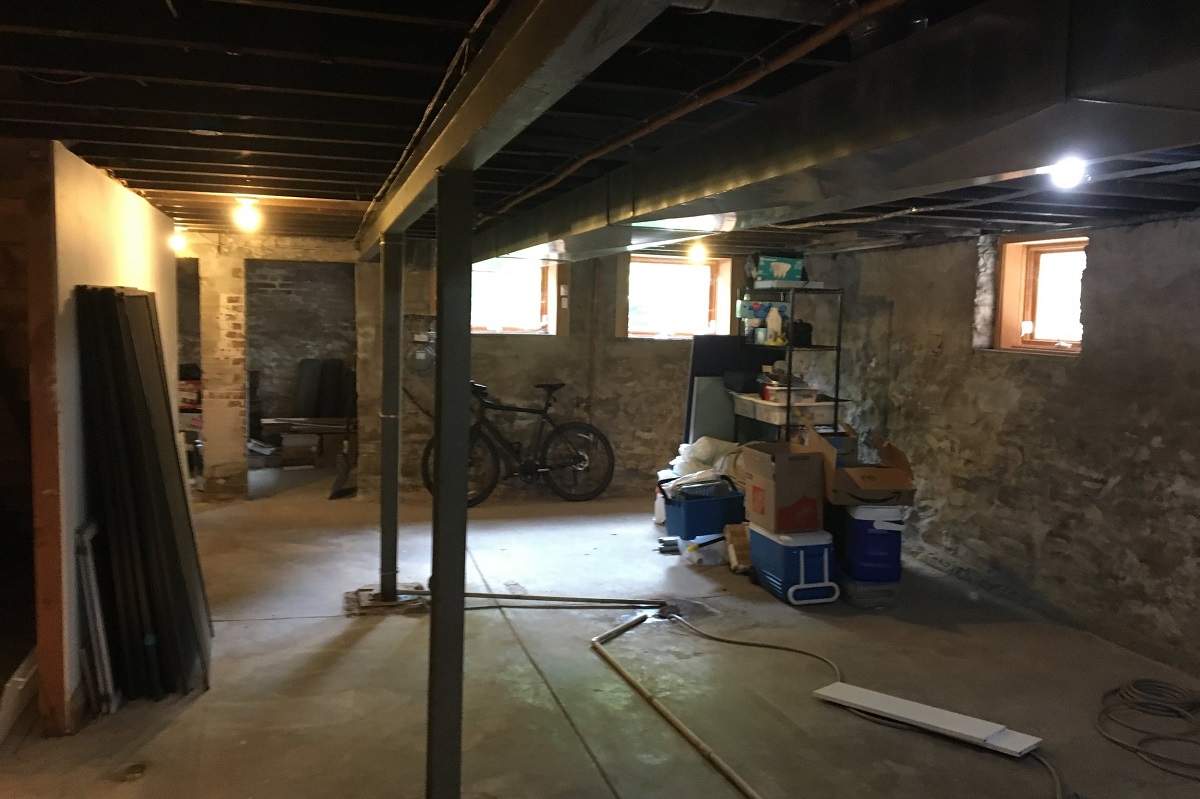
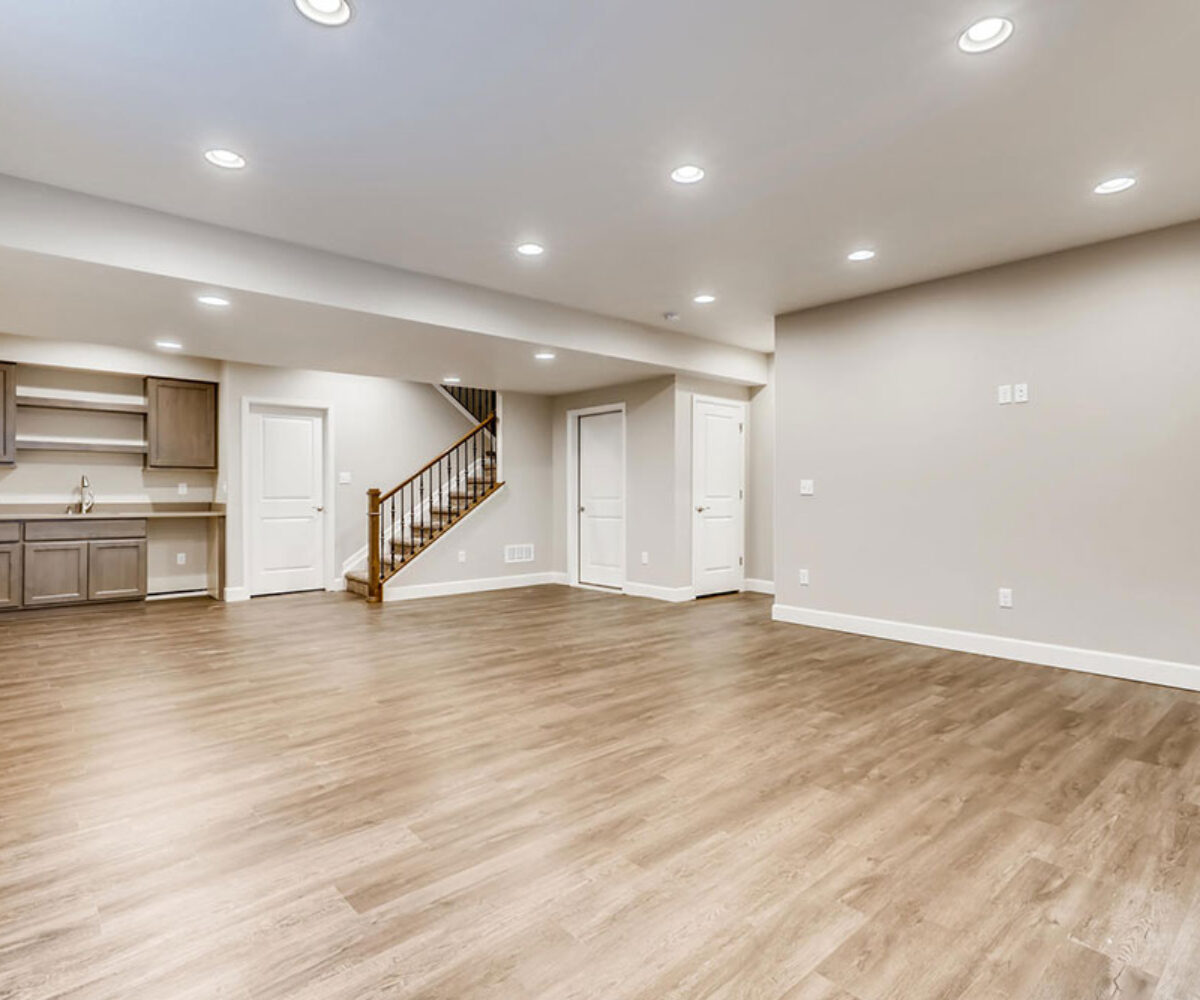

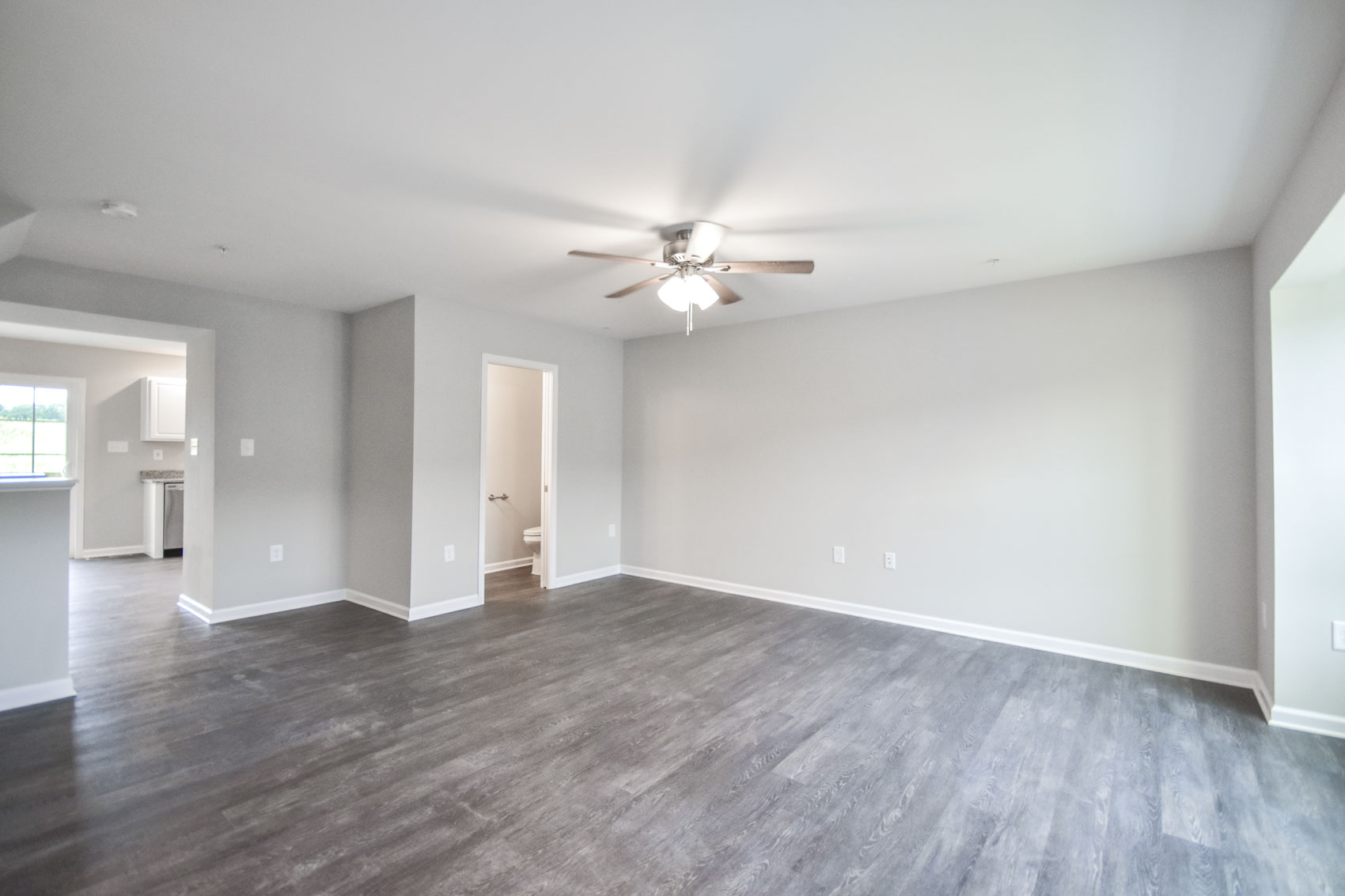
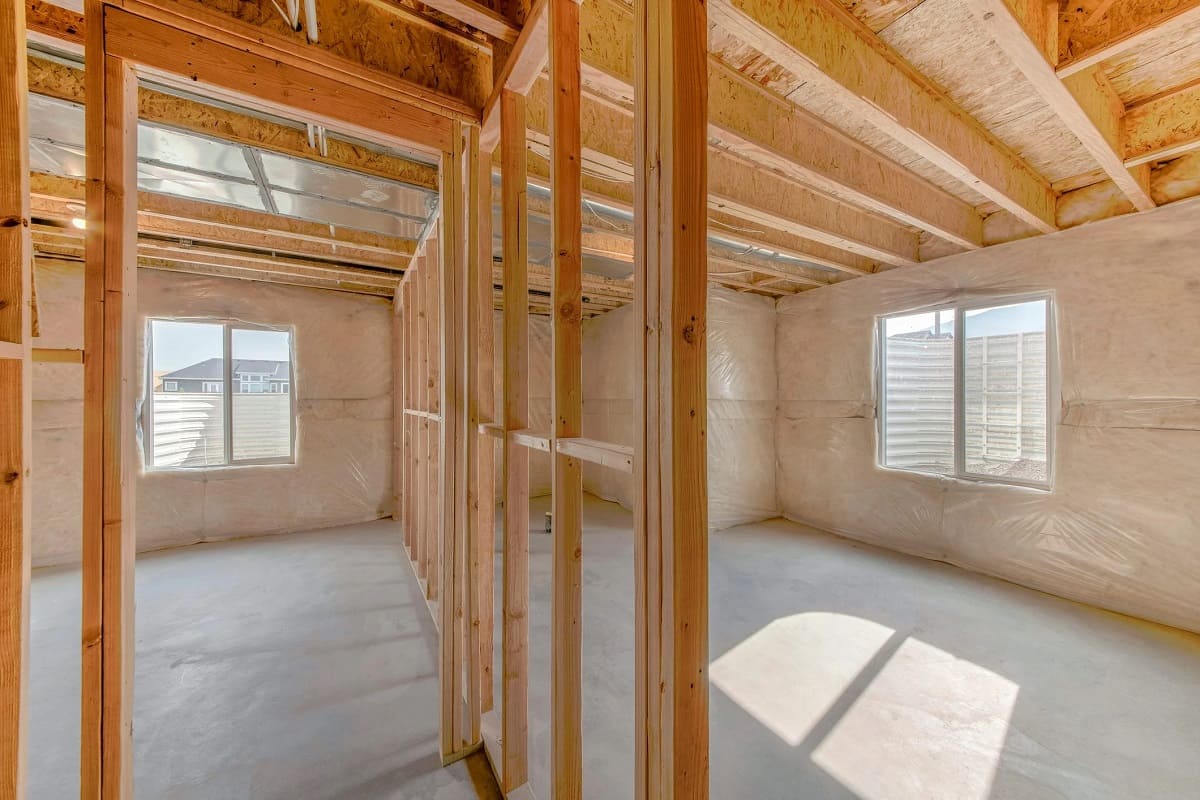
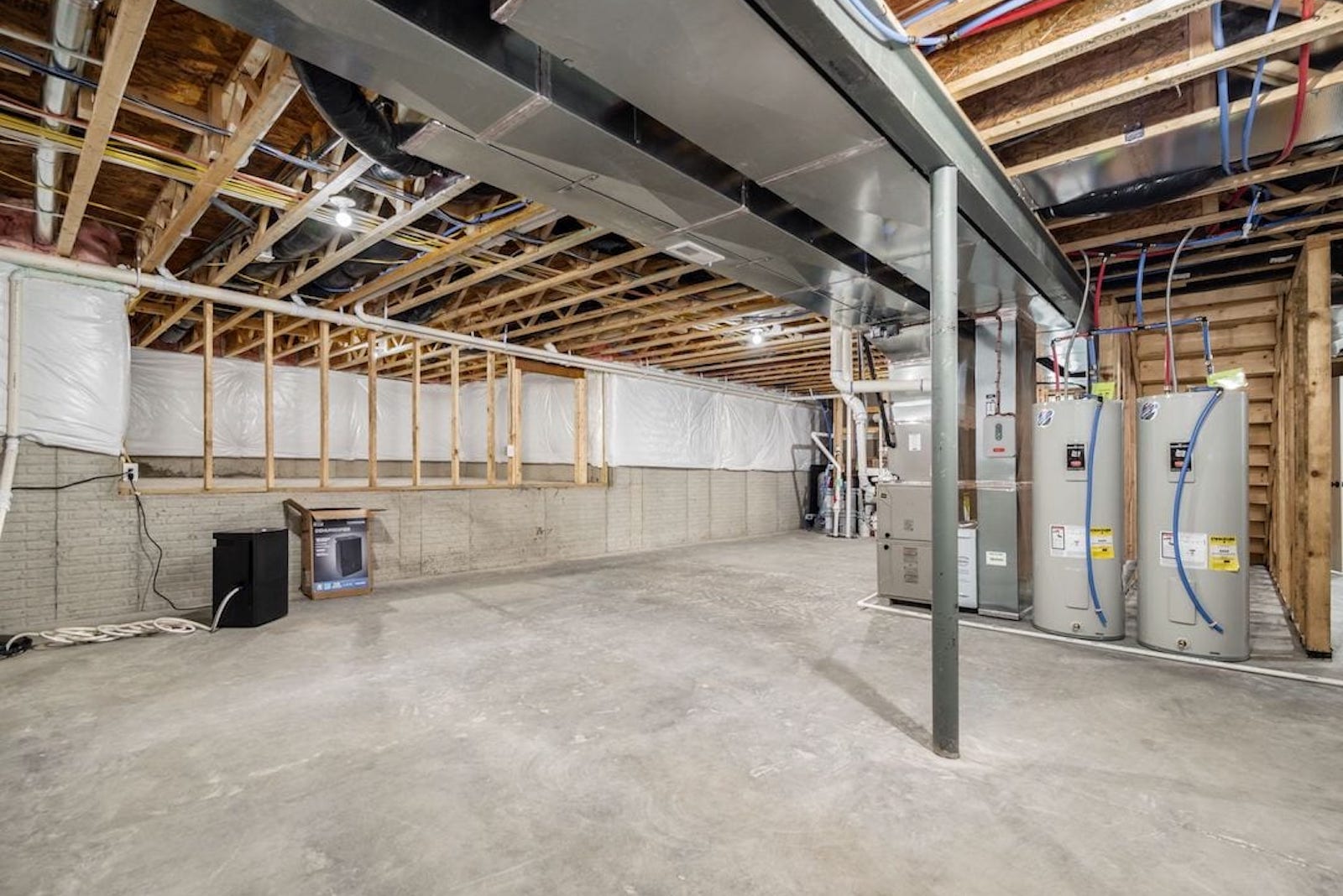
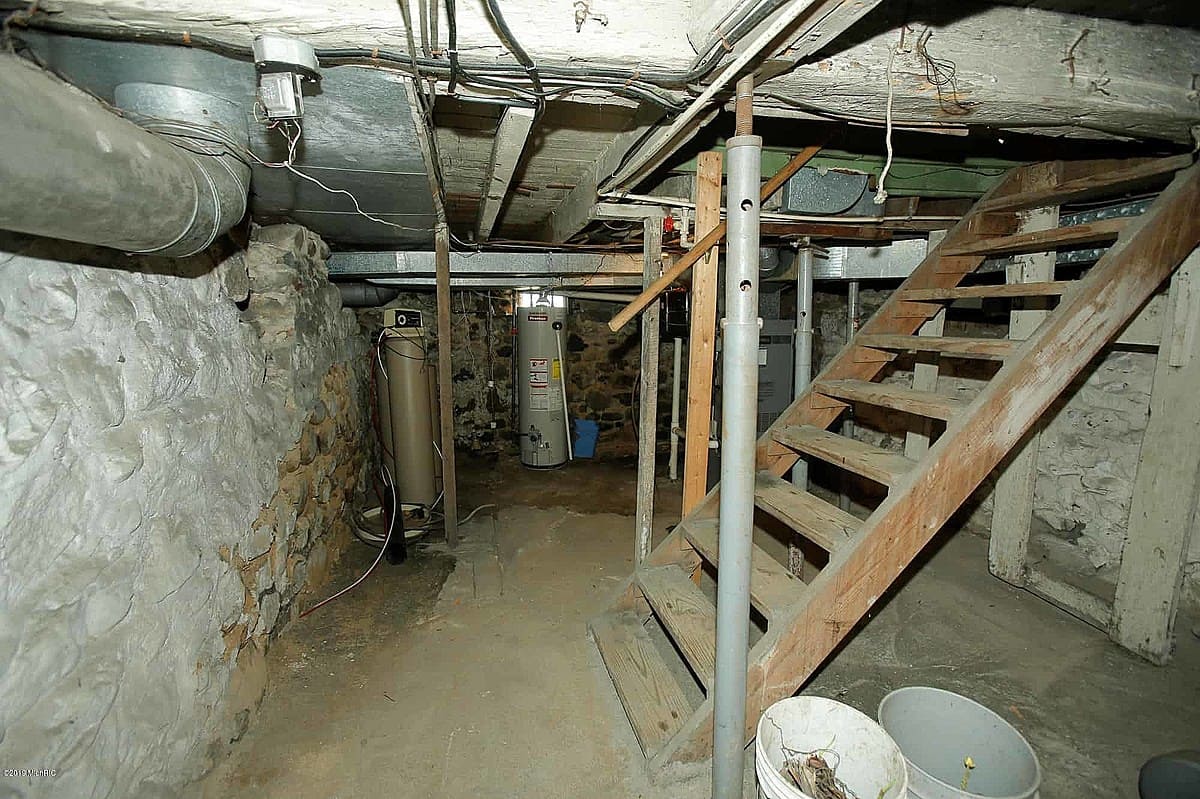
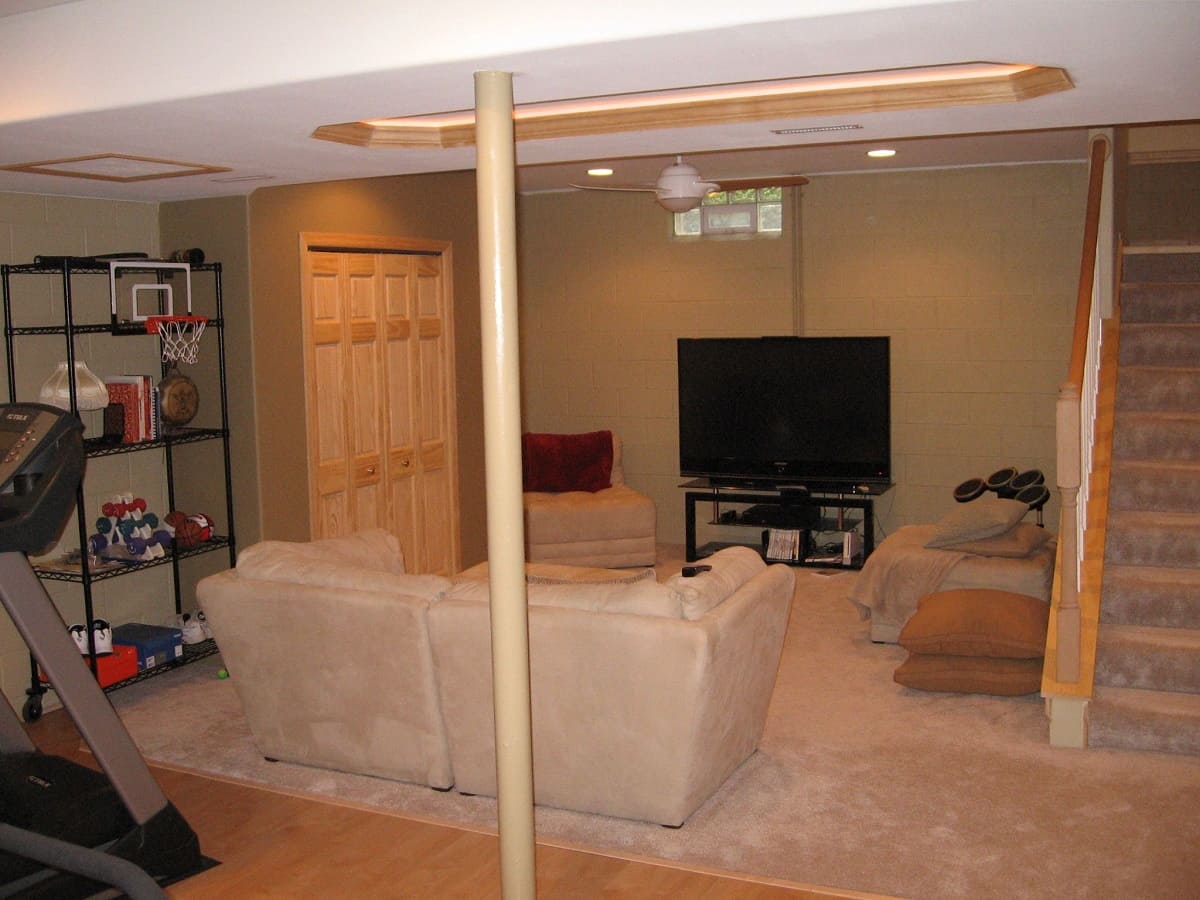
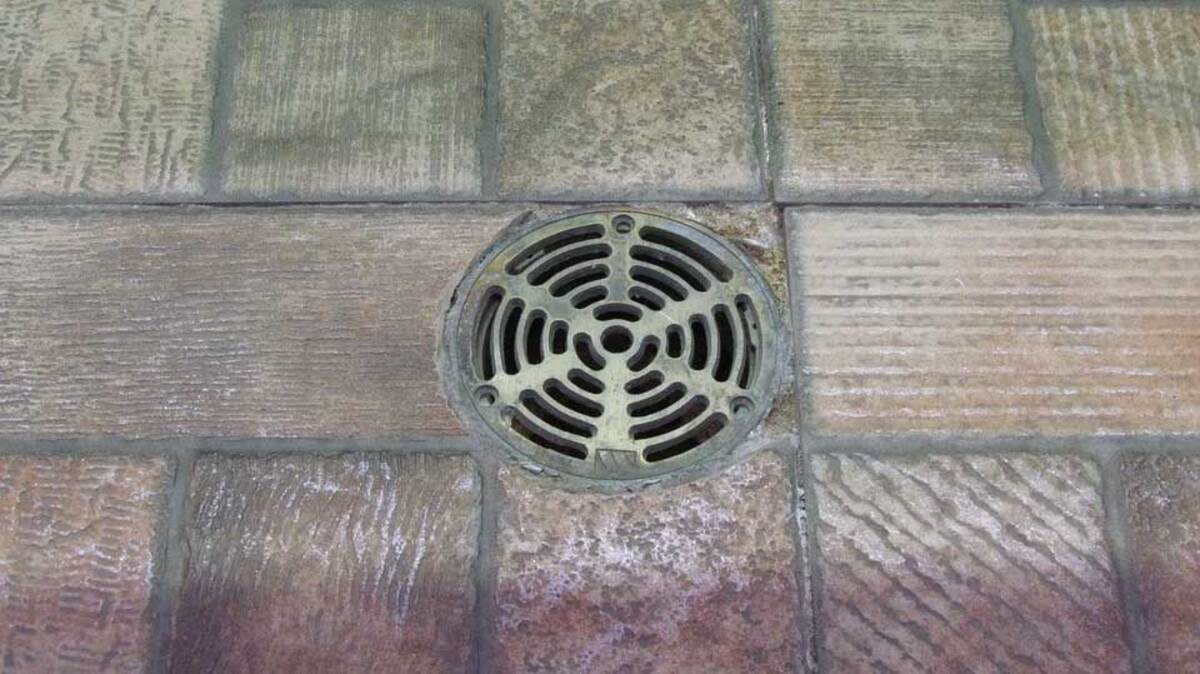
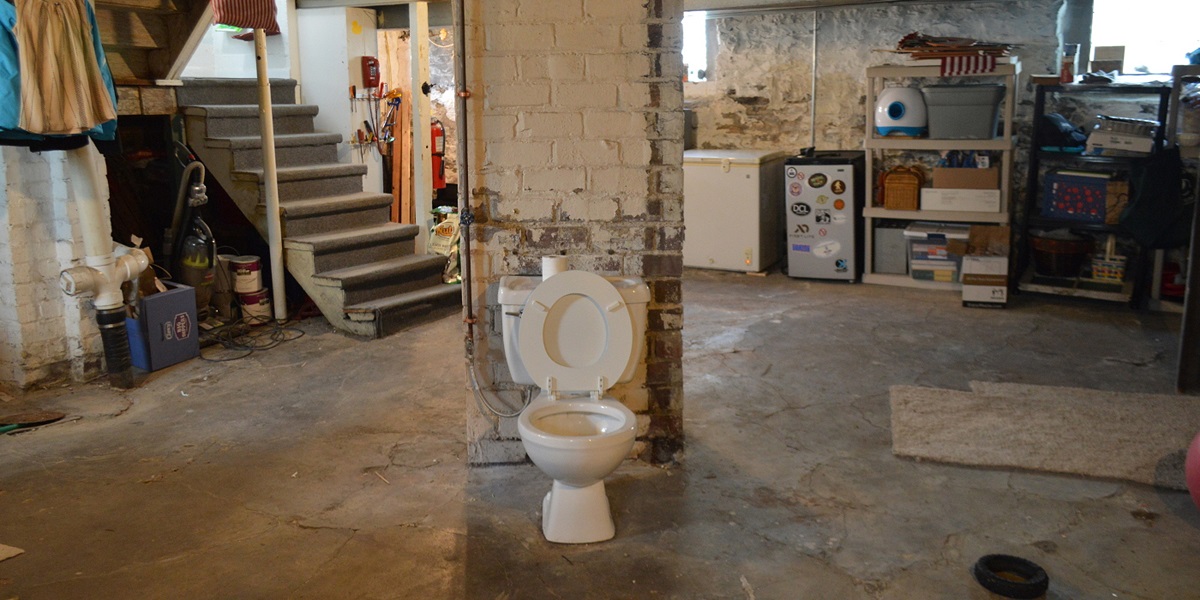


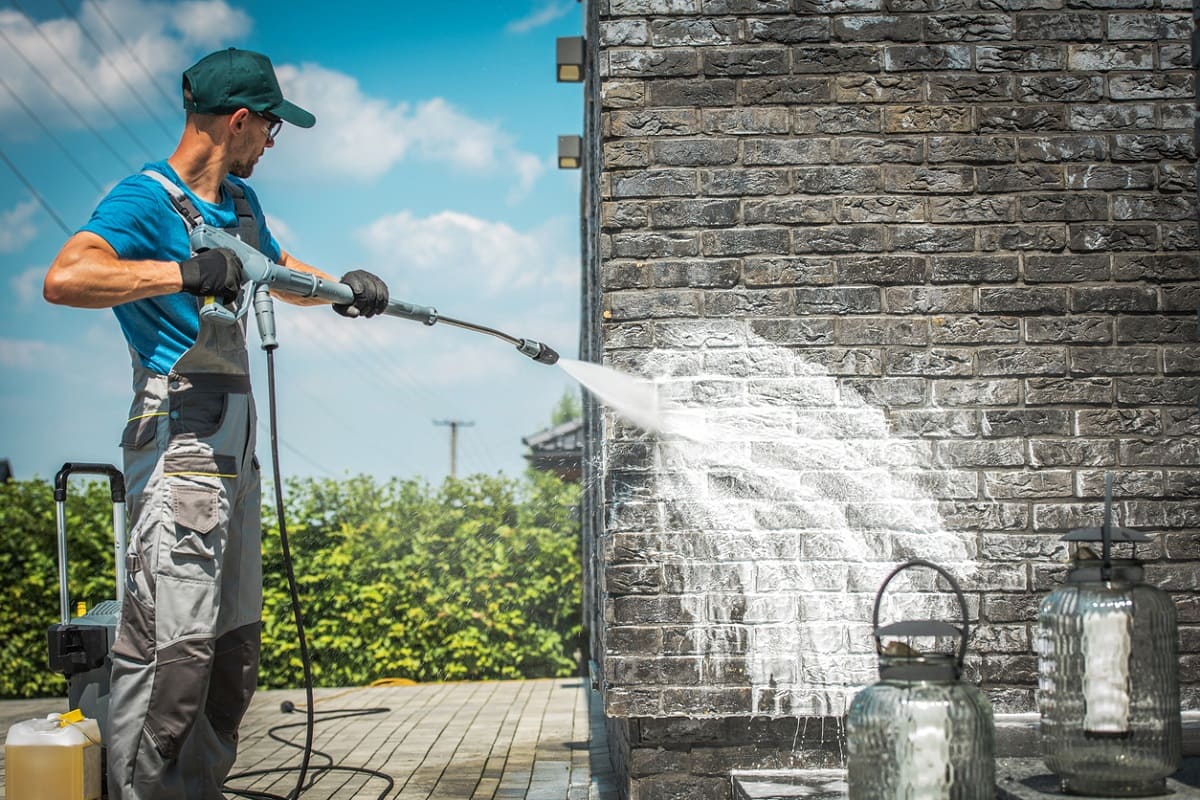

0 thoughts on “What To Do With A Dirty Basement”